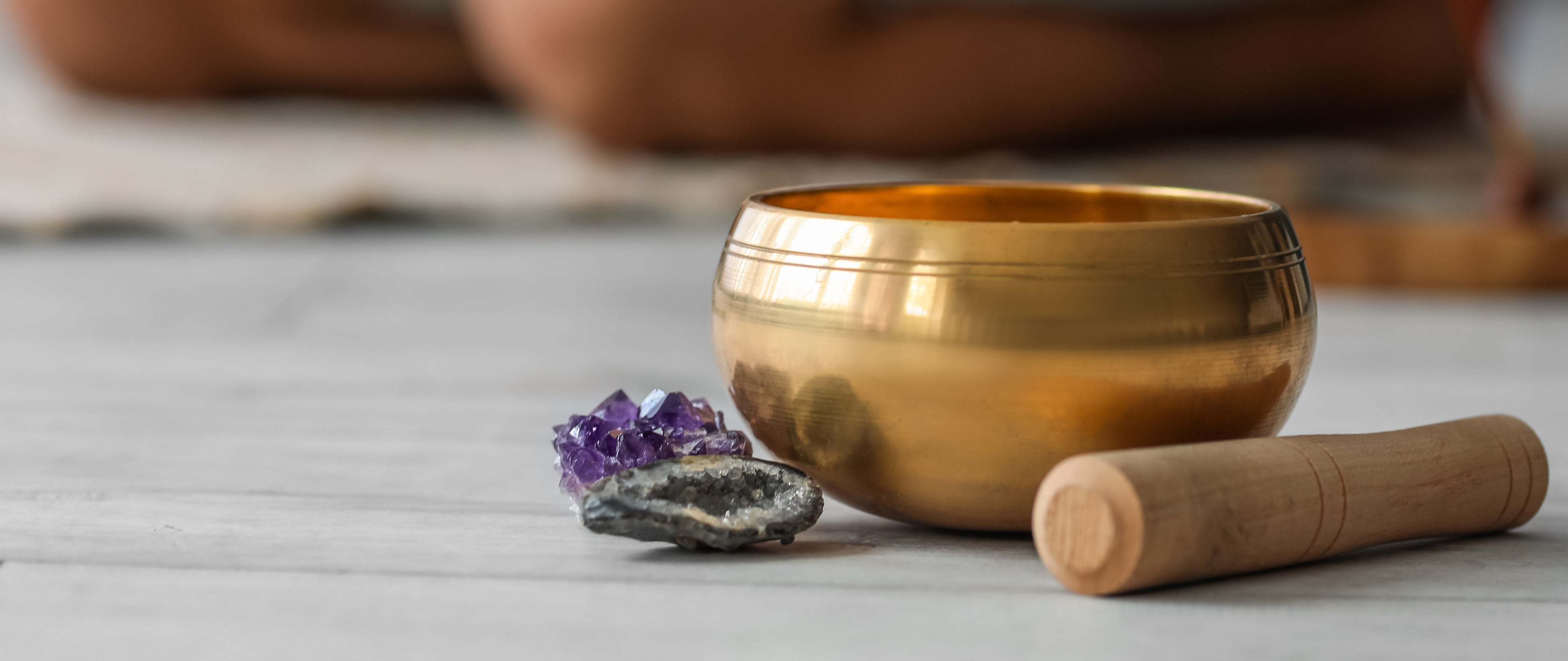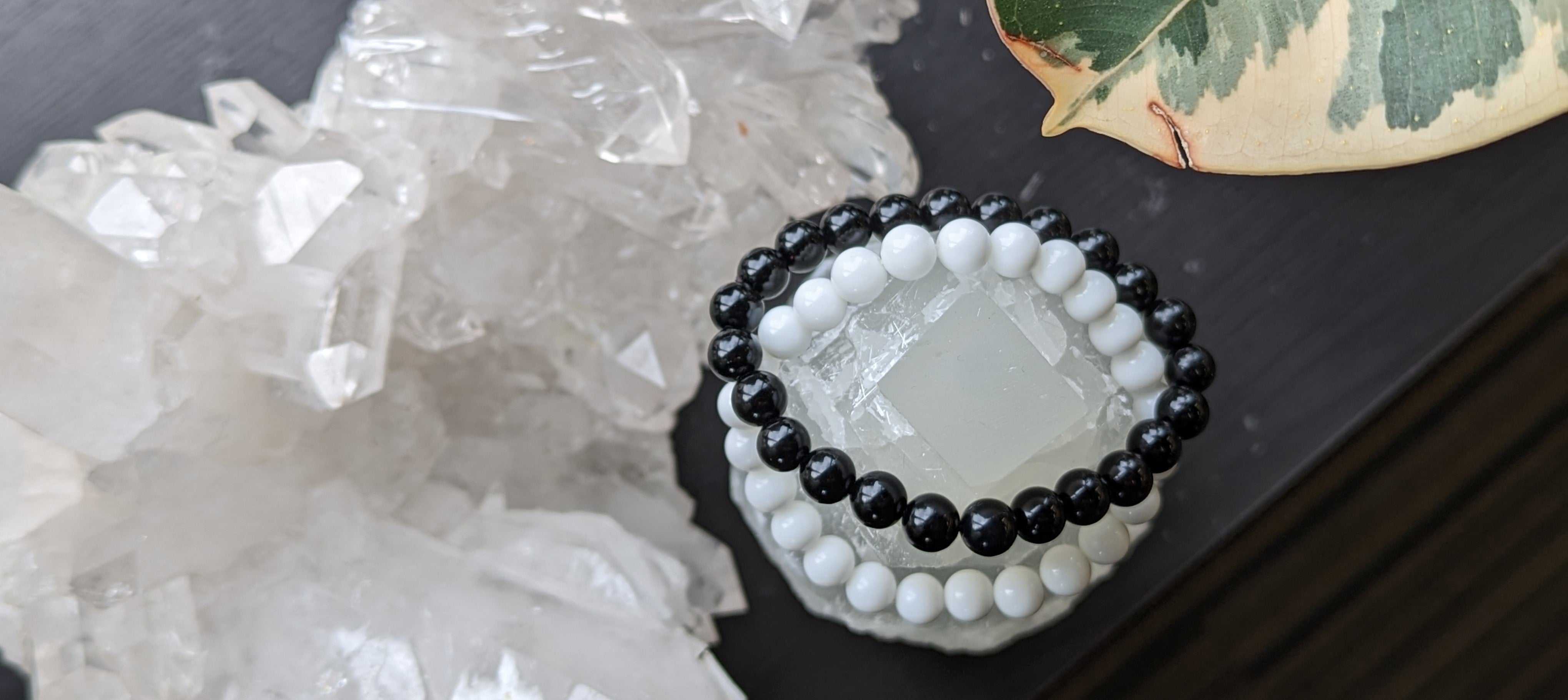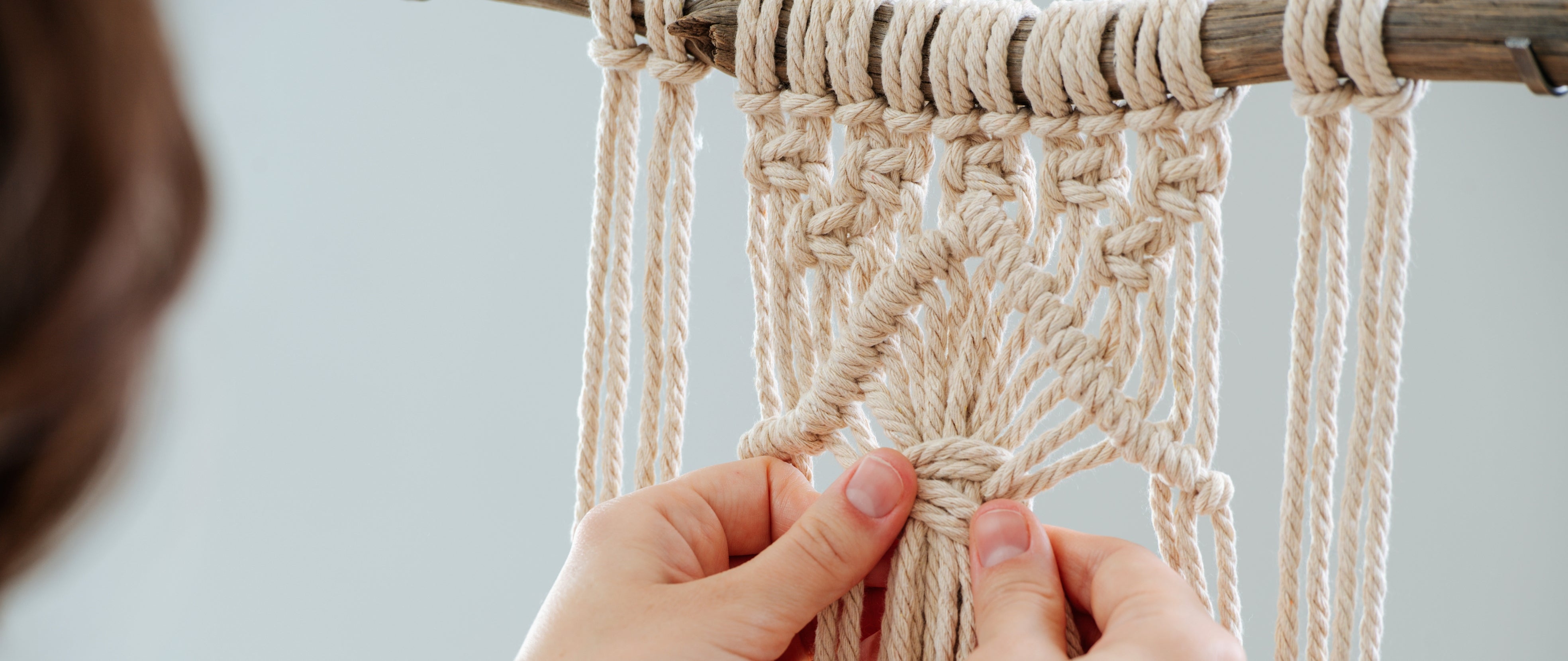Going engagement ring shopping? Geology and the recent developments in gemology has gifted couples hundreds of beautiful gemstones with which to mark the progress of their romance. However, the selection process can get overwhelming. And you don't have the luxury of time to examine every stone available.
To help you with this decision, we rounded up a list of the best bets for engagement ring stones. Which one of these stones should symbolize the next level of your relationship?

1. Diamond
Diamonds remain to be the most sought after gemstone for engagement rings. Everyone associates the popularity of diamonds to Marilyn Monroe's hit performance Diamonds are a Girls' Best Friend in the 1953 film Gentlemen Prefer Blondes. But did you know that long before Monroe's iconic act, it was Austrian Archduke Maximillian who first made the stone trend in the wedding scene when he commissioned a diamond engagement ring for his fiancee (Mary of Burgundy) in 1477? Since then, diamonds have become the symbol of engagement around the world.
Besides its history, diamonds are known for their distinctive gemological properties. With a Mohs hardness rating of 10, diamond resist scratches better than the rest of the gemstones. It also has excellent brilliance and dispersion. The stone can reflect white light into flashes of colours.
Diamonds come in many shapes, sizes, and colours. There's the round, oval, pear, or emerald cut diamond. Then you have the blue, pastel green, sparkling pink, or canary yellow diamond. In terms of origin, there's the natural or lab diamond rings (to know the difference between the two and some examples, read this blog on All Things Lab Diamond Rings).
Given the diverse options available, expect that there's always that one kind of diamond that suits your distinct taste.
2. Emerald
Fancy a green ring for your engagement? You can never go wrong with emerald rings.
Emeralds are famed for their rich green color which can range between bluish and yellowish green. It's the trace amounts of chromium or vanadium in beryl that create the deep green color, while the trace amounts of iron cause colour variations in the form of bluish or yellowish green tint. It has a glassy lustre and can be transparent, translucent, or opaque. High-quality emeralds are rarer than diamonds. This is why emeralds fetch a higher price than diamonds.
Natural emeralds almost always have inclusions, healed fractures, or surface-reaching fractures. Because of these, an emerald's durability can be compromised even though it's very hard, scoring 7.5 to 8 on the Mohs hardness scale. So while emeralds are okay for daily wear, note that they're softer than other gemstones and thus require extra care.
Emeralds are treated with oil. This is done to fill in their fractures and to enhance their clarity. To preserve the quality of your emerald engagement ring, avoid exposing it to extreme heat. Use warm water and gentle soap to keep it clean.
3. Sapphire
Another popular stone for engagement rings is sapphire, the blue variety of the mineral corundum. The stone's natural blue colour is caused by a tinge of iron and titanium inclusions. These minerals give the stone a blueness that ranges from a pale blue to indigo. However, to meet consumer demand, it's common practice to heat-treat sapphire to intensify its colour, enhance its clarity, and to produce other colours like yellow, orange, and orange-red.
Sapphires with a vivid blue to violetish blue shade are the most precious and sought-after variety. Gem traders call them Cornflower Blue or Kashmir Sapphire. Lab-grown gems display dichroic qualities, meaning their colour changes when viewed from different angles. For instance, Alexandrite Sapphire appears blue in natural light and somewhat violet or red in artificial light.
Sapphire is rated 9 on the Mohs scale which makes it the second toughest natural gemstone next to diamond. It's resistant to breaking, scratching, chipping, or cracking. It can even scratch other gemstones and metals. Sapphire is also inherently resistant to chemicals, so it doesn't lose its polish or become etched under normal conditions.
4. Ruby
Want a stone that's more visually representative of love and passion? Look no further than rubies. Considered the stone of nobility, rubies are a crimson red variety of corundum. The name ruby comes from the Latin word rubinus, meaning red. The stone's crimson red colour exudes
Apart from its aesthetic charm, rubies have long been considered as magical stones that can be used as a talisman of passion, prosperity, and protection. In Chinese culture, the colour red signifies good luck. Wearing a ruby as a charm or amulet was said to stimulate the flow of internal chi or life force, giving physical and spiritual balance to the wearer.
According to Hindu belief, the red glow that rubies radiate is an eternal flame that cannot be extinguished by any human. This makes it a powerful and spiritual gift to honor their deities, Buddha and Krishna.
5. Amethyst
Amethyst is the purple variety of quartz. Its colour ranges from lilac to deep purple. When it comes to durability, amethyst is rated 7 on the Mohs scale. It has no cleavage planes which makes the crystal difficult to break. It is not easily scratched by household dust, the most common scratching hazard for precious stones.
In crystal healing, amethyst is believed to have the ability to relieve anxiety, soothe emotions, and protect against drunkenness. It is the birthstone for those born in February. The quartz crystal is also said to increase creativity, insight, and self-awareness.
Choose this stone if you're looking for the perfect representation of an engagement founded on deep commitment and enduring love.
6. Citrine
This beautiful and radiant citrusy stone possesses golden energy that directs personal power and creativity into accepting all the joys life can bring. If you want your engagement band to be a symbol of joy, a hopeful future, and a marriage full of possibilities, citrine should be high up on your list.
Citrine is a variety of quartz found in igneous and metamorphic rocks (most often in gneiss and granite), as well as clastic sediments. The good crystals are found mostly in mineral veins as gauge minerals. The color of citrine ranges from yellow to yellow-orange or yellow-green, although it can be very pale and almost colorless.
Deeper colored stones include saffron-yellow, honey-yellow, or wine-yellow specimens. Sometimes, citrine can also have a tinge of brown which makes it look similar to topaz. It's rare to see a natural citrine these days. Most of the citrine on the market today is amethyst heated to turn it yellow or orange.
This stone of vitreous lustre is transparent or translucent and scores a 7 on the Mohs hardness scale.
7. Tourmaline
Tourmaline is a family of boron and aluminum silicate crystals made of different minerals. This mixture of various minerals explains why tourmaline has many different colours and optical properties. Hence the name tourmaline, which comes from the Sinhalese word turamalli meaning stone of many colours.
Distinct species of tourmaline exist. Each is given their own name depending on their colour:
- Schorl - Crystals ranging from brownish black to black
- Dravite - Tourmaline crystals that range from hues of dark yellow to brownish black
- Rubellite tourmalines - Raspberry red to deep red tourmalines
- Brazilian indicolite - Light blue to bluish green tourmalines
- Verdelite - Green-coloured tourmalines
- Achroite - Fibrous and colourless variety of tourmaline
Like quartz, tourmaline has a hardness rating of 7 and has no cleavage. This makes it a durable gemstone and a great choice for engagement rings. Tourmaline has a vitreous or glassy surface. Some of its varieties display chatoyancy, meaning it changes colours when light hits the stone at certain angles.
8. Morganite
Pink is an understated colour in engagement rings. And morganite would be a wonderful choice if you're gunning for a feminine look and feel for your ring.
Morganite is a transparent stone with a vitreous lustre. Its magnesium content makes the stone pink, while trace amounts of iron produce a tinge of yellow or orange.
The mixture of both colours gives morganite its signature peachy or salmon pink colour. Morganite is also called pink beryl and rose beryl. Most morganite stones in the market are heat treated to eliminate their yellow traces and deepen their pinkness.
As a beryl, morganite has a hardness rating of 7.5 to 8 on the Mohs scale. With outstanding durability, this mineral is widely used as material for jewelry items (e.g. morganite rings, bracelets, and necklaces).
While it has a high hardness rating, morganite can still be prone to damage when exposed to high pressure, impact, and changes in temperature due to its brittleness and cleavage.
In recent years, morganite has become an emerging wedding band and engagement ring of choice among budget-conscious couples. Besides being a truly impressive stone, morganites are much less expensive than diamonds on a dollar-per-carat basis.
9. Moissanite
Moissanite is a rare stone discovered in a meteorite crater in Arizona some hundred years ago. Since it rarely occurs in nature, it is created in a lab to meet market demands. Moissanite is one of the more affordable stones for engagement rings.
Although it's in the lower price range, moissanite doesn't fail to stun with its astounding brilliance. It's called the disco ball of stones due to its eye-catching ability to reflect natural light and display an amazing sparkle and shine. Moissanites are durable, too.

How to Choose the Right Stone for Your Engagement Ring
The selection process doesn't get easier when you have literally TONS of beautiful stones to choose from. So how do you get to that perfect gemstone that marks the ascension of your relationship to the next level?
Stonebridge Imports' resident gemologist Ani Montgomery shares some tips to would-be married couples:
- Think of picking a stone like buying a car. You might have specific wants or needs, but ultimately it comes down to your preference. Try not to overthink it! The stone that resonates with yourself and your partner is the best stone.
- Out of all the hundreds of cuts and shapes, pick the one that compliments your partner's personality. Is your partner the romantic type? Round-cut gems are a classic choice. Someone who's into the latest fashion trends might love an emerald or citrine ring which all make a bold statement. Go-getter brides-to-be might love their ring to exude a sense of professionalism and feminism. In which case, a morganite band would be a great option.
- Fancy a diamond but not sure whether to get the pure or lab-grown variety? Either choice is fine. Lab-grown diamonds are universally accepted in the gem trade. A diamond is a diamond. The most important aspect is that the person you’re giving the ring to loves it.
- Decide how much to spend. You don't have to break the bank or exhaust your savings to give your partner an engagement band they'd love. The key is to learn the 4 Cs of gems (colour, cut, clarity, and carat), compare products and prices, and buy the engagement ring that suits your budget. After all, the purpose of the ring still outweighs the dollars you spent on it.
Sources:
Diamond Nexus. (2022, May 12). 8 Best Stones for Engagement Rings. Retrieved June 21, 2022, from https://www.diamondnexus.com/blog/best-stones-for-engagement-rings/
G. (2019, January 25). 12 Tips for Buying an Engagement Ring. GIA 4Cs. Retrieved June 21, 2022, from https://4cs.gia.edu/en-us/blog/tips-for-buying-an-engagement-ring/#decide-how-much-to-spend
Guide to Best Rings for Personality Types. (n.d.). Craig Husar Fine Diamonds & Jewelry Designs Brookfield, WI. Retrieved June 22, 2022, from https://craighusar.com/pick-my-ring
International Gem Society LLC. (2022, January 12). 10 Best Colored Gemstone Engagement Rings. International Gem Society. Retrieved June 21, 2022, from https://www.gemsociety.org/article/best-colored-gemstones-engagement-rings/
Jewelers, L. P. (2021, October 18). All Things Lab Diamond Rings: Get To Know The Gemstone. Love & Promise Blog. Retrieved June 21, 2022, from https://www.loveandpromisejewelers.com/blog/all-things-lab-diamond-rings-get-to-know-the-gemstone/
Moore, S., & Kaupke, L. L. (2022, April 20). Emerald Engagement Rings: The Complete Guide. Brides. Retrieved June 21, 2022, from https://www.brides.com/gallery/emerald-engagement-rings
Using Gemstones in Engagement Rings: Pros & Cons. (n.d.). Ken & Dana Design. Retrieved June 21, 2022, from https://shop.kenanddanadesign.com/pages/gemstone-engagement-rings





